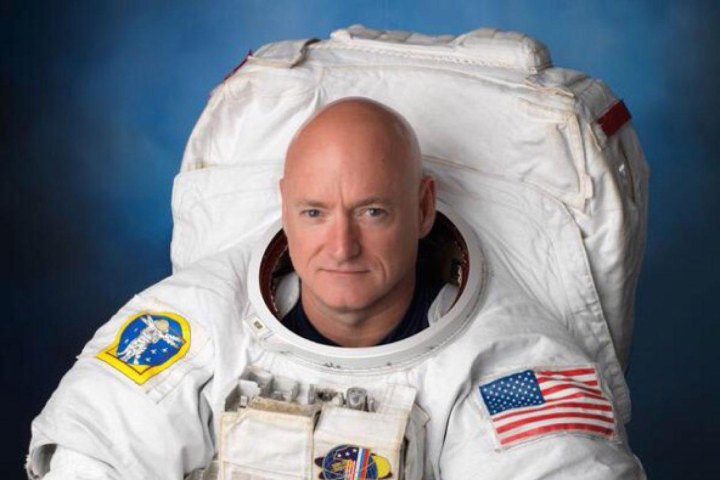
Try this, Mary Poppins! Super-hydrophobic polycarbonate ping pong paddles and a water ball in space! #YearInSpacehttps://t.co/BB0Z35jbVa
— Scott Kelly (@StationCDRKelly) January 21, 2016
Thursday marked day 300 for both Kelly and Russian astronaut Mikhail Kornienko, but the duo still has around another month and a half to go before returning to Earth. By the time he comes home, he’ll have set the record for the longest amount of time any American has spent in space, clocking a staggering 342 days. That figure, however, is still a long shot from the world record, which remains untouched at 438 days and was set by Russian spaceman Valery Polyakov, whose tenure aboard Russia’s former Mir space station lasted from 1994 to 1995.
These long missions, while undoubtedly grueling, have provided some critical information to scientists back home. Kelly and Kornienko have been collecting crucial data that will help engineers in their respective home countries better understand life in space, which may one day lead to even longer off-planet stays, or perhaps trips that go deeper into the unexplored reaches of the universe.
Kelly has been known for sending entertaining footage and information back from space — after all, part of his job is simply to live life away from the planet, helping determine just how plausible a non-earthbound life may be in the future.
So happy 300 days, Scott. Here’s to just a few more.


